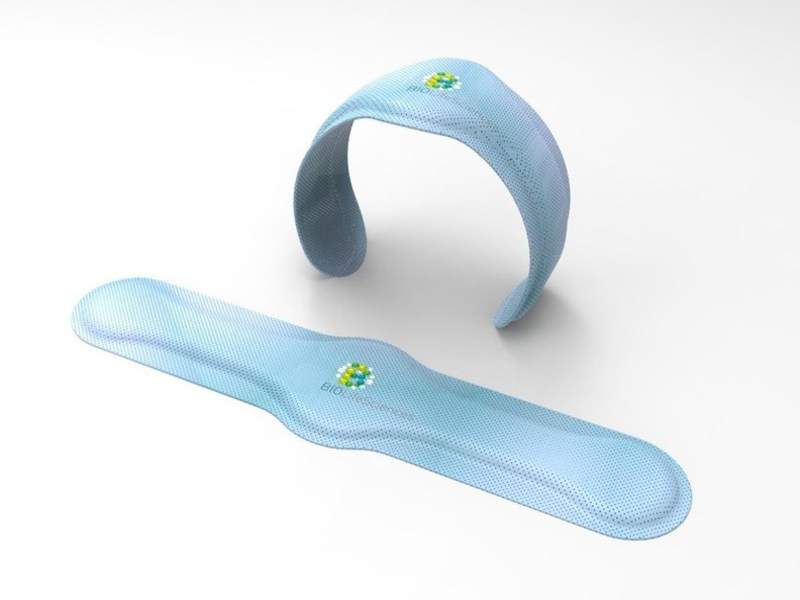

Singapore-based Ram Group has unveiled its new hemodynamic sensor for non-invasive cardiopulmonary monitoring wearables.
The sensor is designed as a low-cost solution that is used at a single-point of contact anywhere on the body.
It will replace costly and invasive monitoring devices that require surgery for pulmonary catheterisation or a multiple electrode belt halter, reducing the risks during heart surgery.
The sensor continuously monitors the cardiopulmonary and circulatory system for an array of biometrics and high-acuity vital signs.
The patient-centric solution can simultaneously monitor the right and left atrium of the heart, as well as central venous pressure, without surgery.
See Also:
Made with the firm's new smart semiconductor material, the sensor has the potential to provide real-time data on heart rate and variability, pressures in left and right atrium, central venous pressure, cuffless blood pressure, cardiac output, and breath dynamics.
How well do you really know your competitors?
Access the most comprehensive Company Profiles on the market, powered by GlobalData. Save hours of research. Gain competitive edge.

Thank you!
Your download email will arrive shortly
Not ready to buy yet? Download a free sample
We are confident about the unique quality of our Company Profiles. However, we want you to make the most beneficial decision for your business, so we offer a free sample that you can download by submitting the below form
By GlobalDataFollowing its first contact with the body, the device can supply a picture of the circulatory system, the heart and the lungs as a single structure.
The non-invasive approach of the sensor is expected to minimise the risk of strokes, seizures, infections and surgical complications that usually occur during standard approaches.
With integrated Bluetooth and a mobile app, the technology can also facilitate remote monitoring, in turn decreasing the duration of hospital stay and the overall risk of hospital-acquired infections.
Through its new technology, Ram Group is additionally providing an option to non-invasively monitor the heart and lungs of neonatal and premature infants.
It can be placed next to the baby, in a sock or in an incubator for continuous full high-acuity monitoring.
Image: RAM Group wearable hemodynamic bracelet. Photo: courtesy of PR Newswire/Ram Group.



